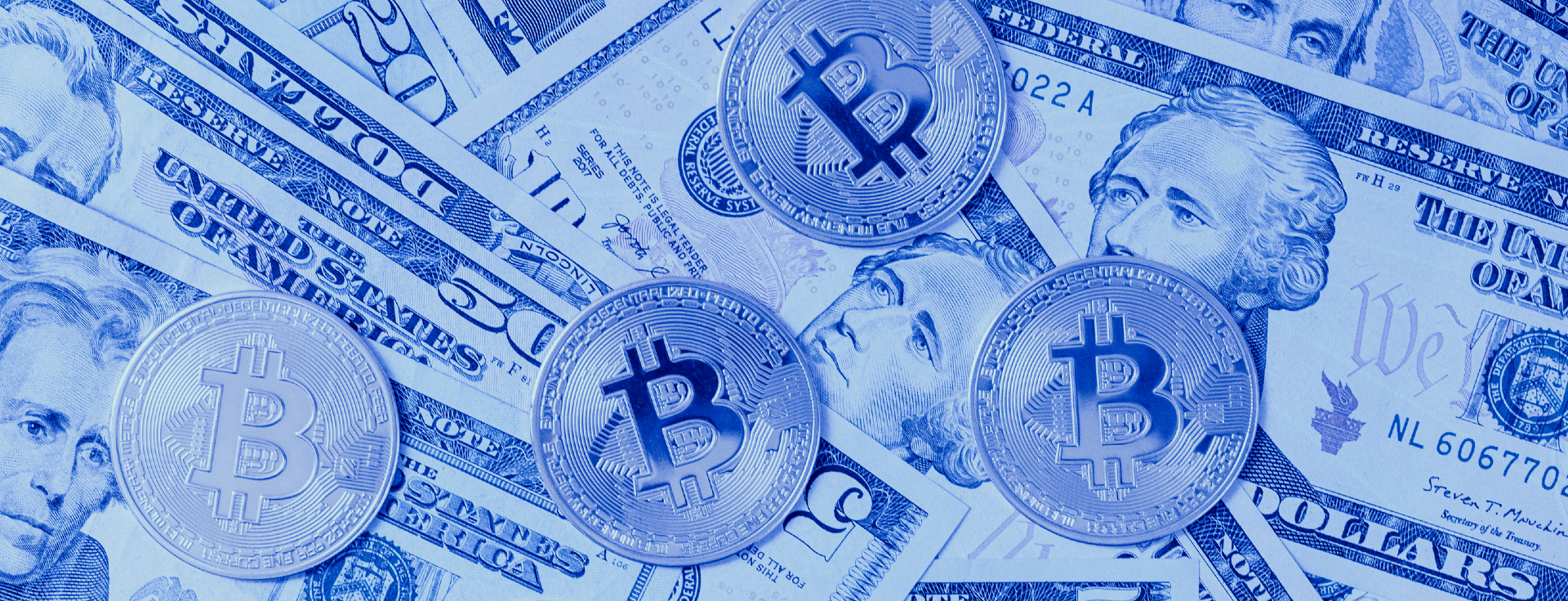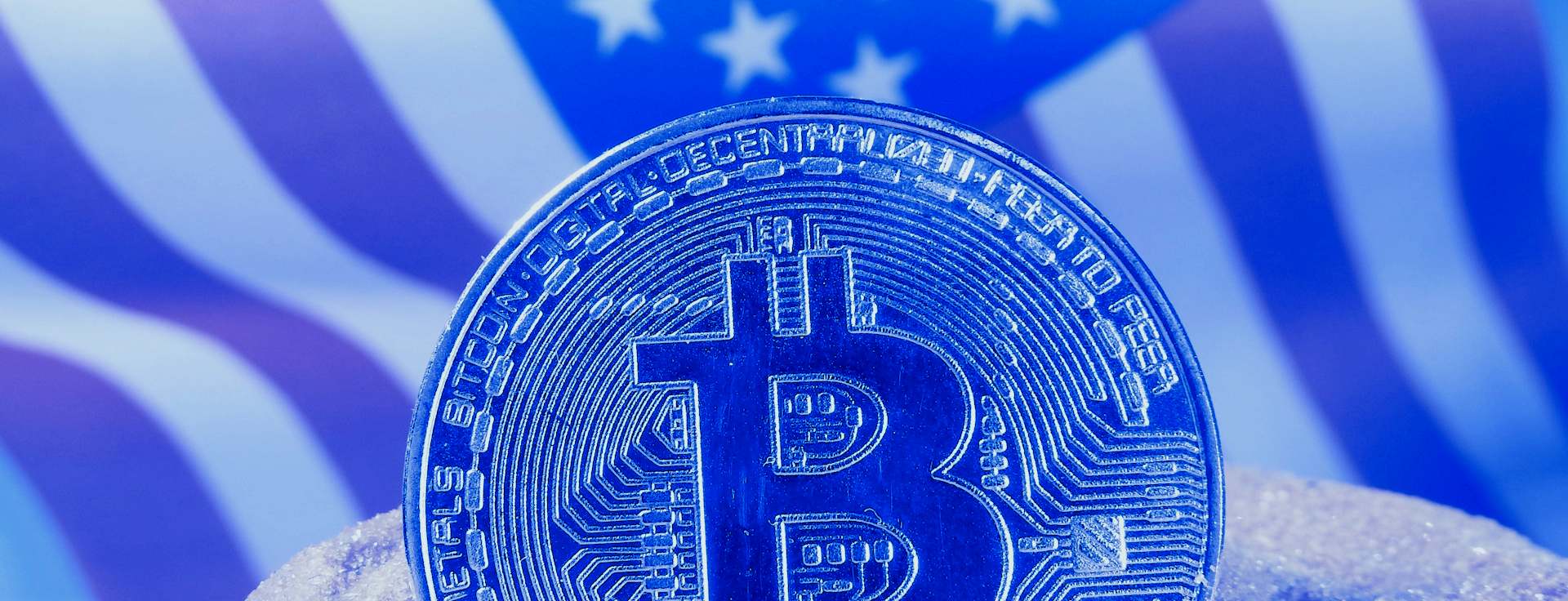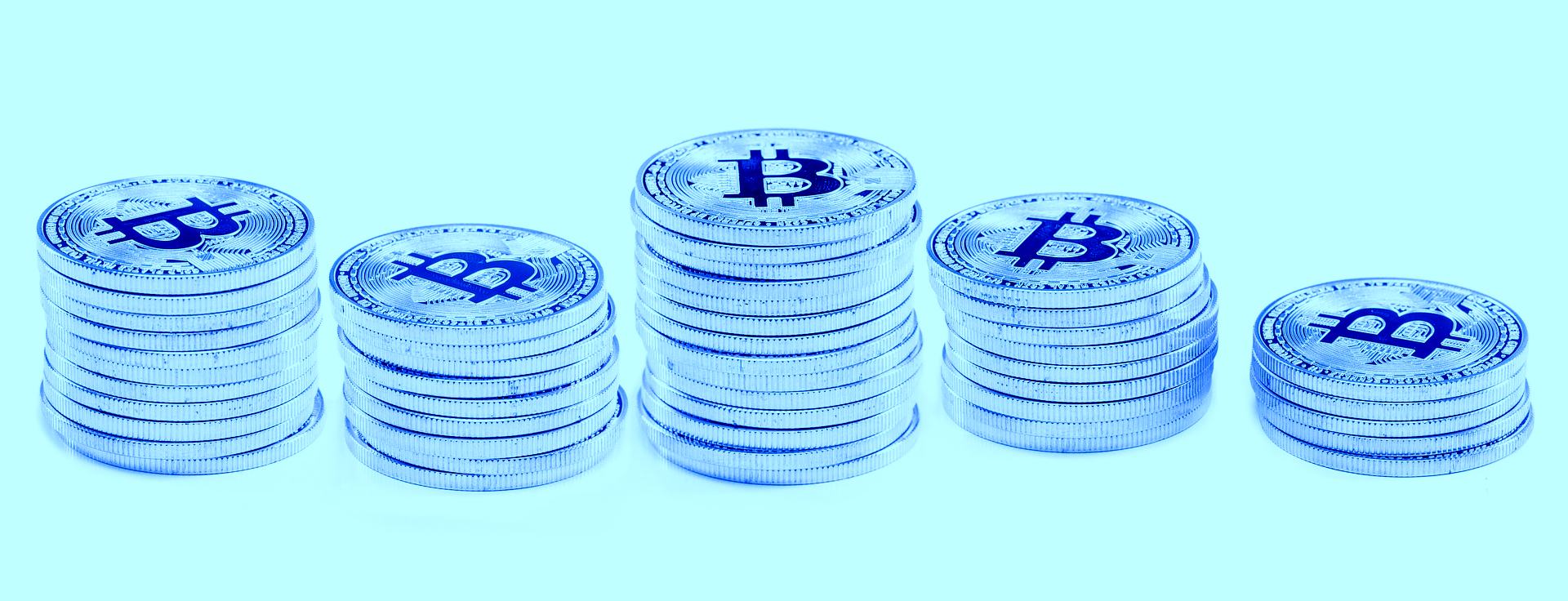Evolution of money
Bitcoin
Money is a technology that is an integral part of practically every person's daily life. The history of money includes various forms, from seashells and stones to the latest leap in monetary technology, Bitcoin. In this blog post, we will explore the evolution of money and examine why Bitcoin is a promising form of currency.
Barter System
Before humanity adopted the use of money, trade was conducted through bartering. In barter, people exchanged goods or services for other goods or services. While bartering may seem straightforward at first glance, it is, in practice, quite complex. The first problem lies in the desirability of goods and services, as both parties in a barter exchange must possess something the other party wants. Another problem is related to pricing. In a monetary system, each good or service has one price per unit of currency, whereas in barter, each good or service has its own price in terms of every other existing good or service. Consequently, the number of prices increases significantly with each new traded item or service.
Invention of Money
Due to the challenges of bartering and other reasons, people turned to a technological solution known as money. Early forms of money included various objects used around the world, such as seashells, stones, or furs. Some of these forms of money worked better than others, as they possessed qualities that made them more useful. Money's properties can be defined as follows:
- Durability
- Portability
- Divisibility
- Uniformity
- Scarcity
- Acceptability
Coins and Paper Money
Following the early forms of money, societies transitioned to using coins as a more advanced form of currency. Coins were often made of gold or silver, and cities or kingdoms were responsible for minting them, leading to the first centralized control of currency. Although coins solved some of the problems associated with earlier forms of money, they had their weaknesses. The most significant weaknesses were related to the limited supply of precious metals, which posed challenges to increasing the number of coins in circulation, and the relatively large size and weight of coins, making their storage and transport cumbersome. To address these shortcomings, the first paper money was introduced in the late first millennium. In practice, paper money represented gold, silver, or other commodities that served as backing for the currency. Unlike precious metals, paper money acted as a credit instrument, entitling the holder to a certain amount of the underlying asset. Paper money usage became widespread in Europe and the United States from the 1600s to the 1800s.
Gold Standard
The gold standard served as the foundation for the international monetary system from the 1870s until the start of World War I, around 1914. The cost of warfare during the war led many countries to abandon the gold standard to finance their military efforts. Some countries returned to the gold standard in the mid-1920s as they recovered from the war. However, this second era of the global gold standard came to an end during the 1930s due to the worldwide economic depression.
Bretton Woods System
At the end of World War II, the Bretton Woods conference in the United States established the groundwork for the first internationally agreed-upon monetary system. Under the Bretton Woods system, the US dollar was pegged as the reserve currency, leading several countries to fix their exchange rates to the US dollar, which, in turn, was pegged to gold at a rate of $35 per ounce (about 31.1 grams of gold). The ability to exchange US dollars for gold, however, was restricted to central banks. In the 1950s and 1970s, events such as the Vietnam War and the decline of US economic influence eventually led President Richard Nixon to abandon the gold standard for the US dollar in 1971.
Fiat System
The abandonment of the gold standard for the US dollar resulted in most world currencies becoming fiat currencies from the 1970s onward. Unlike the gold standard, which required a certain amount of gold to back new currency, fiat currencies can be created out of thin air. Therefore, fiat currencies, such as the euro and the dollar, are exchange mediums without intrinsic value, and their value is not backed by any physical commodity like precious metals. The value of fiat currency is essentially based on trust in its stability and acceptance.
In practice, the purchasing power of almost all fiat currencies has continuously decreased during their approximately fifty-year history. An example illustrating this is the relationship between the US dollar and an ounce of gold. In 1971, an ounce of gold was worth $35, while in the summer of 2023, the same amount of gold could be exchanged for over $1,950, meaning that the same amount of gold can now acquire approximately 56 times more dollars. This significant depreciation over around 50 years is attributed, among other factors, to a considerable increase in the amount of US dollars. Since the US dollar was no longer tied to gold, the quantity of US dollars (M1 money supply, which includes physical currency and coins, as well as demand deposits) has increased over 82 times since 1971.
Bitcoin - The Latest Leap in Monetary Technology
Starting with the 2007 housing market crisis, followed by a recession and central bank actions like quantitative easing to improve the situation, the groundwork was laid for the next leap in monetary technology, cryptocurrency Bitcoin. Bitcoin, introduced in 2008, was created as an alternative to trust-based, centrally managed fiat currencies. Bitcoin's creator, Satoshi Nakamoto, criticized the trust required by the fiat system in 2009 as follows:
"The root problem with conventional currency is all the trust that's required to make it work. The central bank must be trusted not to debase the currency, but the history of fiat currencies is full of breaches of that trust. Banks must be trusted to hold our money and transfer it electronically, but they lend it out in waves of credit bubbles with barely a fraction in reserve."
How does Bitcoin, designed as a counterpoint to trust in centralized entities like central banks, compare to fiat currencies and earlier forms of money? Let's examine Bitcoin through the lens of the six properties of money mentioned earlier:
- Durability: Bitcoin's destruction is virtually impossible, as long as at least one computer maintains the network. Bitcoin's uptime has been about 99.99% throughout its history.
- Portability: Bitcoin can be sent anywhere in the world within seconds via internet or satellite connection, and final confirmation takes about an hour. Sending Bitcoin globally requires memorizing only 12 or 24 words in the best-case scenario.
- Divisibility: Bitcoin can be divided into 100 million smaller units, called satoshis.
- Uniformity: All bitcoins are identical, and each bitcoin is of equal value. Counterfeiting bitcoins is also impossible.
- Scarcity: The maximum supply of bitcoins is capped at 21 million, and anyone can verify this limitation from Bitcoin's code.
- Acceptability: The number of Bitcoin owners was estimated to be around 220 million people by the end of 2022, and this number has been continuously increasing throughout Bitcoin's history.
Considering these six properties of money, Bitcoin appears to be a promising form of currency. As summarized aptly by Fidelity Digital Assets, a subsidiary of Fidelity, the world's third-largest asset manager, in their report: Bitcoin combines the scarcity and economic durability (purchasing power) of gold while also improving the ease of use, transfer, and storage of fiat currencies. The report concludes that Bitcoin has made a technological breakthrough as a superior form of money.
Summary
Money is a technology that has been continuously evolving for thousands of years. Different forms of money have been used throughout history based on their properties and usability. The latest advancement in the evolution of money, Bitcoin, has steadily gained popularity in its brief 15-year history. This trend shows no sign of slowing down, so it will be interesting to see if Bitcoin cements its position as a form of currency alongside fiat currencies in the future.
Ville Viitaharju
Cryptocurrency specialist
Last updated: 25.07.2023 15:00



